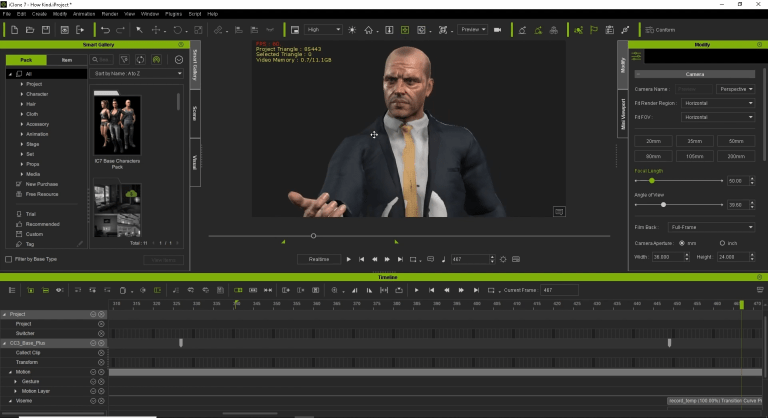


IClone v4.0 – October 2009 – Drag and drop manipulation and a gizmo for transforming objects within the 3D viewport was added in iClone v4.0. The Certified Content creators program opened allowing iClone users to upload and market their custom content to a Reallusion hosted portal for content sales. Multiple shader modes in Preview, Wireframe and Pixel shading became options for users to balance the screen output with their machine performance. The stage was enhanced with Terrain, Sky, Water and the first appearance of SpeedTree natural tree and foliage designer. Material editing became possible from within iClone so enhancing any prop or actor was capable by exporting and editing material textures and reapplying them to iClone. Character animation was made possible with motion editing for inverse and forward kinematics. Multi cameras were added in iClone v3.0 with camera switcher for filming scenes in multiple real-time angles.
Iclone 5 props series#
Animation created in Director Mode built a series of live motion data on the iClone timeline and was able to be tweaked in Editor Mode. The Editor Mode and Director Mode were introduced to enable a scene editing mode and a live real-time director control mode where users could pilot characters and vehicles with videogame-like keyboard controls W, A, S, D. G3 characters enhanced Clone Cloth options and made character faces more refined with facial Normal Maps. IClone v3.0 was launched in August 2008, adding a revised UI featuring scene manager for organizing projects and enabling the viewport for live direct object picking and interaction. V2.0 also brought particle effects, fog and HD video output. IClone v2.0 was released in March 2007 with an emphasis on new G2 character styles and the introduction of Clone Cloth, for creating custom clothing for actors through editing materials and applying them to pre-designed 3D avatar models it became one of the first ways iClone users could create and sell their own content for iClone.
Iclone 5 props full#
Reallusion's Vice President John C Martin II presented the Machinima Festival attendees with a demo of iClone and news that Reallusion would provide a full commercial license for all movies produced with v1.0 and beyond as a counter-strike to game development companies’ policy. iClone v1.0 was adopted by many Machinima filmmakers and was showcased at the 2005 Machinima Film Festival held at the Museum of the Moving Image in Queens, New York. The ability of gamers to sell or broadcast their films was challenged by game makers. The face mapping tools and real-time 3D animation environment made iClone popular with the community of Machinima, which is a video game based filmmaking technique that transformed gamers into filmmakers by capturing live video action from within video games and virtual worlds, like Quake and Second Life. Reallusion’s facial mapping and lip-synch animation technology derived from the 2001 release of CrazyTalk 2D animation software. It supported real-time 3D animation and creation of avatars from photographs. Reallusion launched iClone v1.0 in December, 2005 as a tool to create 3D animation and render animated videos. IClone is developed and marketed by Reallusion. iClone is also notable for offering users royalty-free usage of all content that they create with the software, even when using Reallusion's own assets library. Other functionality includes: full facial and skeletal animation of human and animal figures lip-syncing import of standard 3D file types including FBX a timeline for editing and merging motions a Python API and a scripting language ( Lua) for character interaction application of standard motion-capture files the ability to control an animated scene in the same manner as playing a videogame and the import of models from Google 3D Warehouse, among many other features. Real-time playback is enabled by using a 3D videogame engine for instant on-screen rendering.
Iclone 5 props software#
IClone is a real-time 3D animation and rendering software program.


 0 kommentar(er)
0 kommentar(er)
